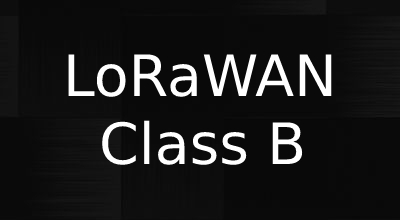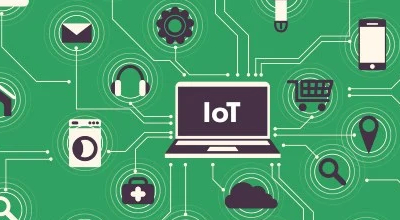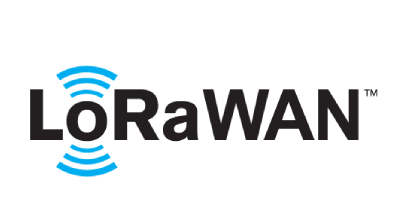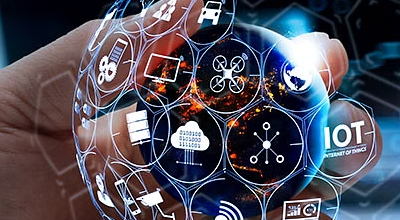
What is NB-IoT
Narrowband Internet of Things (NB-IoT) is a Low Power Wide Area Network (LPWAN) technology designed specifically to enable a wide range of IoT devices and services. It offers low power consumption, extended coverage, and optimized device cost, making it ideal for connecting numerous devices across vast areas. As a part of the 3GPP Release 13, NB-IoT was standardized in June 2016 to provide a scalable and secure solution for IoT applications.

Applications of NB-IoT:
- Smart Metering: NB-IoT is used for remote monitoring of utilities such as water, gas, and electricity meters, providing real-time data to optimize consumption and reduce operational costs.
- Smart Agriculture: NB-IoT helps monitor soil moisture, temperature, and humidity, enabling farmers to make data-driven decisions for efficient use of resources.
- Smart Cities: NB-IoT is employed for various applications in smart cities, such as smart lighting, waste management, and parking management, leading to reduced energy consumption and improved urban life.
- Asset Tracking: NB-IoT enables real-time tracking of valuable assets over vast geographical areas, ensuring their safety and facilitating efficient logistics operations.
- Environmental Monitoring: NB-IoT aids in monitoring air quality, noise pollution, and radiation levels, promoting a healthier environment.
History of NB-IoT
The development of NB-IoT can be traced back to the need for a dedicated IoT network that could address the limitations of existing cellular technologies, such as high power consumption and inadequate coverage. The standardization process of NB-IoT began in 2014 when Huawei, Ericsson, and Nokia proposed the technology to 3GPP. In 2016, the first version of the NB-IoT standard was released as part of the 3GPP Release 13. Since then, the technology has evolved, and its adoption has grown across various industries globally.
Considerations of using NB-IoT
- Network Coverage: Although NB-IoT offers improved coverage compared to traditional cellular networks, it may not be available in all regions. It is essential to ensure that your IoT devices can connect to an NB-IoT network in the desired deployment area.
- Data Rate Limitations: NB-IoT is optimized for low data rate applications, making it unsuitable for applications that require high data rates or real-time communication.
- Integration and Compatibility: Integration of NB-IoT with existing IoT infrastructure and devices might require additional hardware or software adjustments.
- Power Consumption: Although NB-IoT consumes low power, it is crucial to assess the power requirements of IoT devices and ensure they can operate for the desired duration with the available power source.
- Security and Privacy: As with any IoT technology, it is essential to consider security and privacy aspects when deploying NB-IoT, such as encrypting data transmission and securing access to devices.
In conclusion, NB-IoT is a promising technology that has gained significant traction in the IoT space, providing scalable, cost-effective, and low-power connectivity for a multitude of applications. However, it is essential to evaluate its suitability based on the specific requirements and constraints of the intended IoT deployment.
Use Cases of NB-IoT
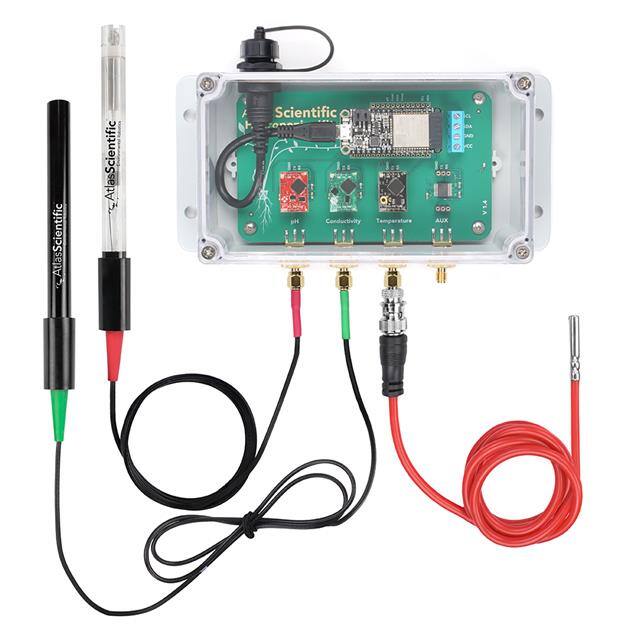
NB-IoT offers numerous use cases across various industries, thanks to its low power consumption, extended coverage, and optimized device cost. Here are some of the most notable use cases:
- Smart Metering: NB-IoT enables remote monitoring and management of utilities such as electricity, water, and gas meters. This allows utility companies to collect real-time data, optimize consumption, reduce operational costs, and enhance customer service through accurate billing and timely alerts.
- Smart Agriculture: Farmers can use NB-IoT to monitor soil moisture, temperature, and humidity, enabling them to make data-driven decisions to efficiently utilize resources, such as water and fertilizers. Additionally, NB-IoT can help track livestock, monitor their health, and predict potential diseases or issues before they escalate.
- Smart Cities: NB-IoT can be employed for various smart city applications, including:
- Smart Lighting: By remotely controlling streetlights, cities can reduce energy consumption and maintenance costs.
- Waste Management: NB-IoT can optimize waste collection by monitoring waste bin levels, providing real-time information on when to empty them.
- Parking Management: NB-IoT can help manage parking spaces more efficiently by providing real-time information on available spots, reducing traffic congestion and pollution.

- Asset Tracking: NB-IoT enables real-time tracking of valuable assets, such as shipping containers, vehicles, and equipment, over vast geographical areas. This ensures their safety, facilitates efficient logistics operations, and helps businesses optimize their supply chains.
- Environmental Monitoring: NB-IoT aids in monitoring environmental factors, such as air quality, noise pollution, and radiation levels, promoting a healthier environment and enabling timely alerts in case of hazardous situations.
- Healthcare: NB-IoT can be used to monitor patients' health parameters remotely, allowing healthcare providers to make informed decisions about their care. This can be particularly useful for managing chronic conditions and elderly care.
- Smart Home Automation: NB-IoT can be used for home automation applications, such as remote control of lighting, heating, and security systems. This leads to increased energy efficiency and enhanced security for homeowners.
